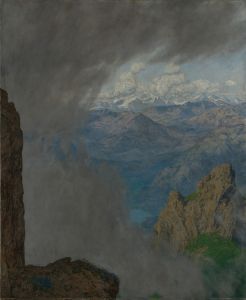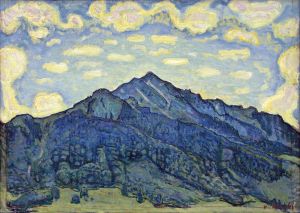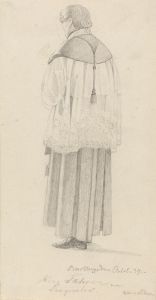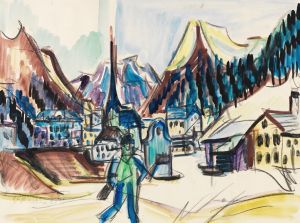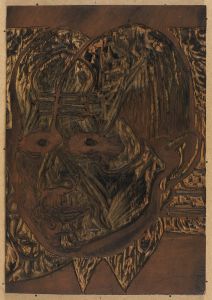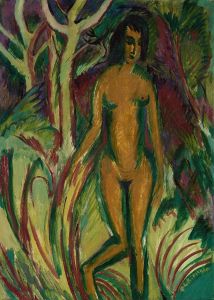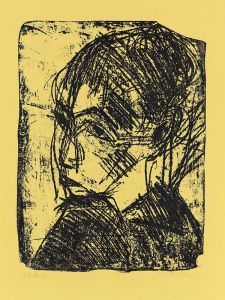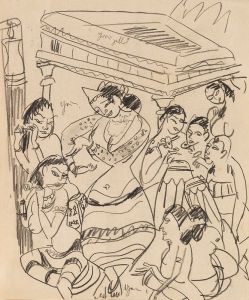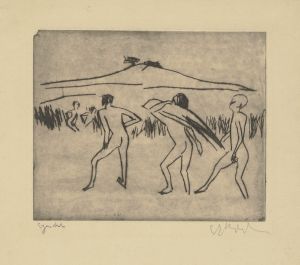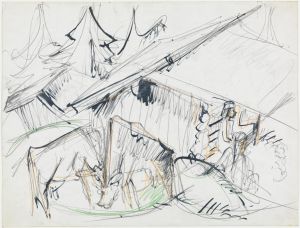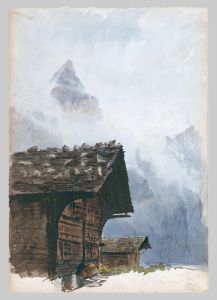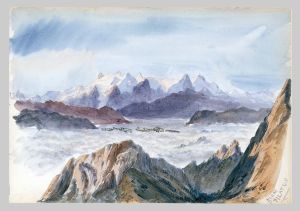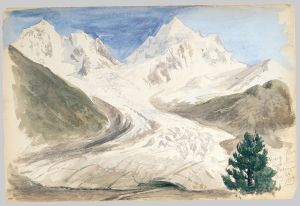
Blick auf Davos
A hand-painted replica of Ernst Ludwig Kirchner’s masterpiece Blick auf Davos, meticulously crafted by professional artists to capture the true essence of the original. Each piece is created with museum-quality canvas and rare mineral pigments, carefully painted by experienced artists with delicate brushstrokes and rich, layered colors to perfectly recreate the texture of the original artwork. Unlike machine-printed reproductions, this hand-painted version brings the painting to life, infused with the artist’s emotions and skill in every stroke. Whether for personal collection or home decoration, it instantly elevates the artistic atmosphere of any space.
Ernst Ludwig Kirchner's painting Blick auf Davos (translated as View of Davos) is a notable work by the German Expressionist artist, created during his time in Davos, Switzerland. Kirchner, a founding member of the influential art group Die Brücke, is widely recognized for his vibrant use of color, dynamic compositions, and emotional intensity, all of which are evident in this painting.
Kirchner moved to Davos in 1917, seeking recovery from both physical and psychological challenges exacerbated by his service in World War I and struggles with substance dependency. The serene Alpine environment of Davos provided him with a refuge and became a recurring subject in his art. Blick auf Davos reflects Kirchner's deep connection to the Swiss landscape and his evolving artistic style during this period.
The painting depicts a view of the town of Davos, nestled in the Swiss Alps, rendered in Kirchner's characteristic Expressionist style. The composition features bold, angular forms and a vivid, non-naturalistic color palette, emphasizing the emotional resonance of the scene rather than a realistic representation. The mountains, trees, and buildings are stylized, creating a sense of movement and vitality that captures the artist's subjective experience of the landscape.
Kirchner's time in Davos marked a significant shift in his artistic focus. While his earlier works often depicted urban life and human figures, his later works, including Blick auf Davos, concentrated more on landscapes and the natural world. This change was influenced by his surroundings and his desire to find solace and inspiration in nature.
The exact date of creation for Blick auf Davos is not definitively documented, but it is generally associated with Kirchner's productive years in Davos during the late 1910s and 1920s. The painting is part of a broader body of work that reflects his engagement with the Alpine environment and his attempts to reconcile his inner turmoil through art.
Today, Blick auf Davos is recognized as an important example of Kirchner's later work and his contribution to modern art. It exemplifies his ability to transform personal experiences and landscapes into powerful, expressive compositions. The painting is held in a private collection or museum, though specific details about its current location may vary depending on exhibition history and ownership.
This work continues to be celebrated for its innovative approach to landscape painting and its role in the broader context of Expressionism.





